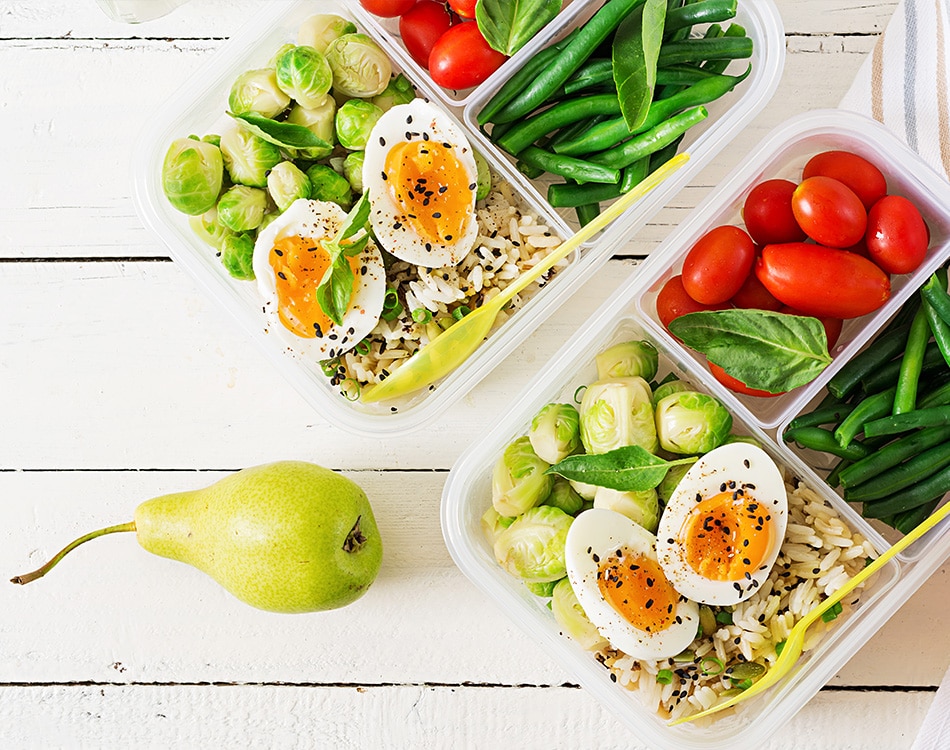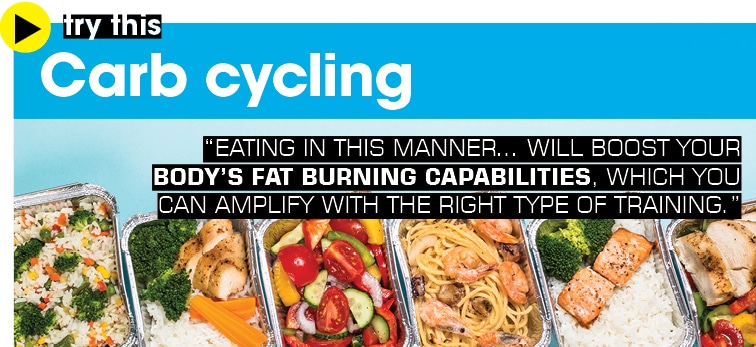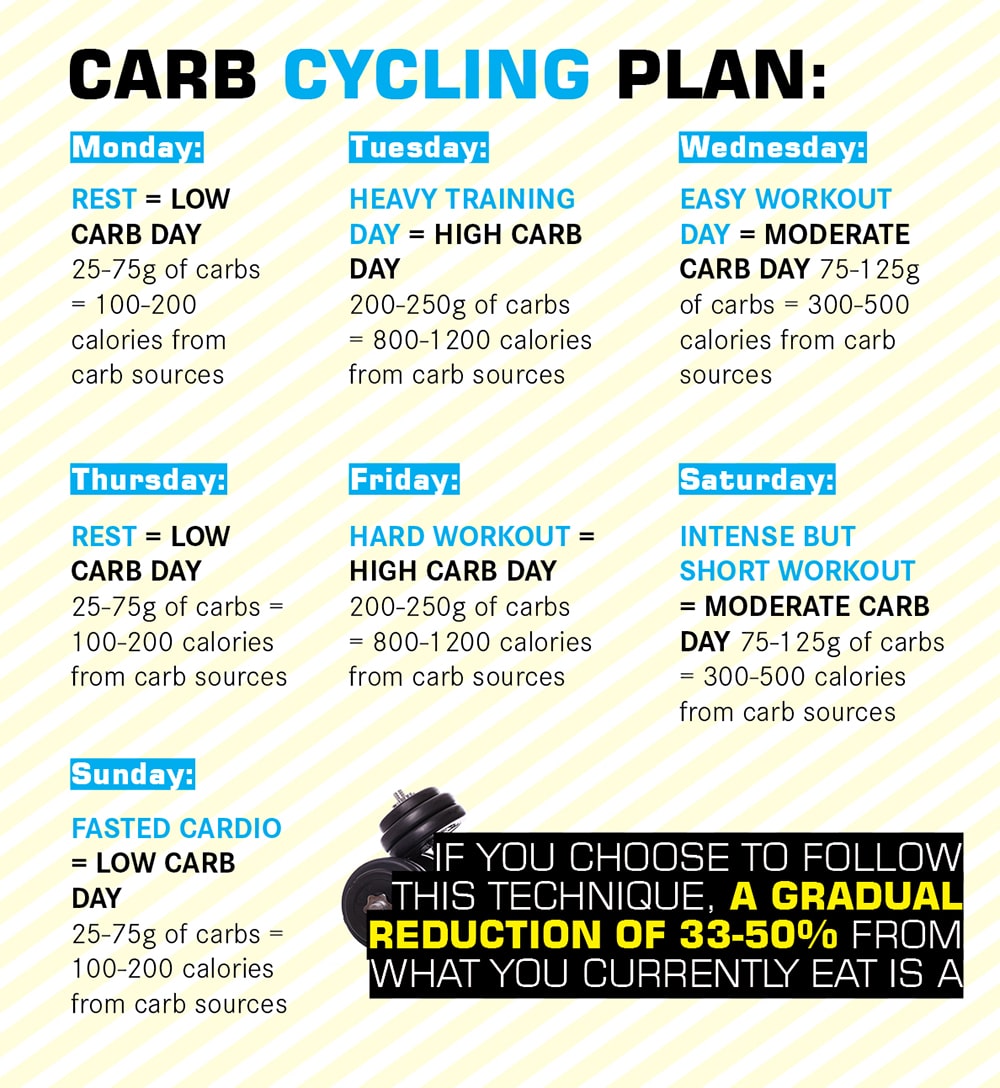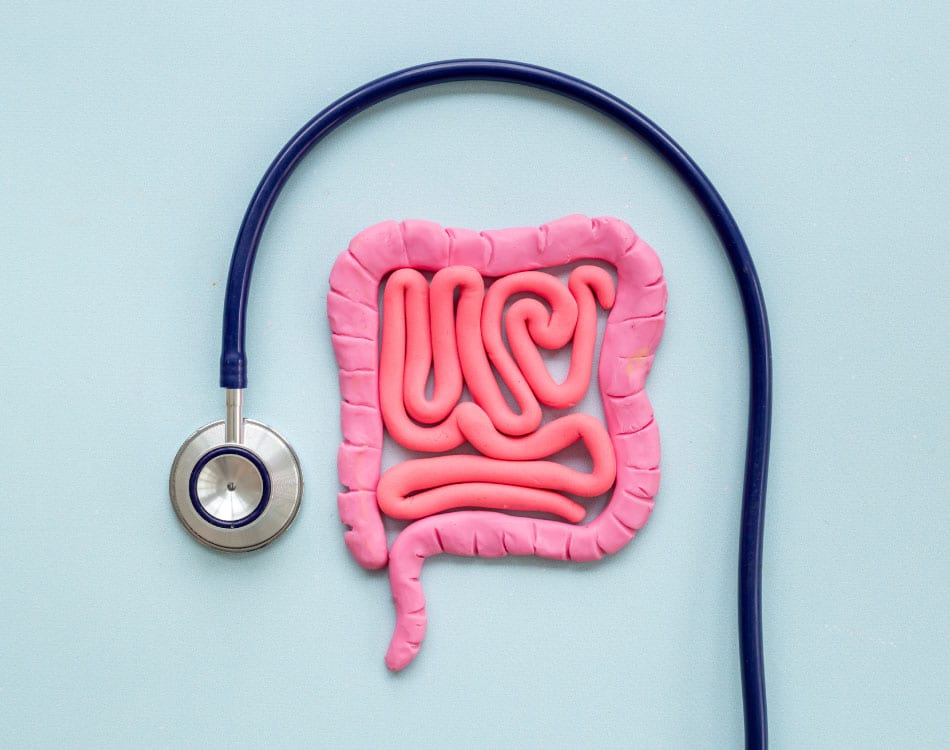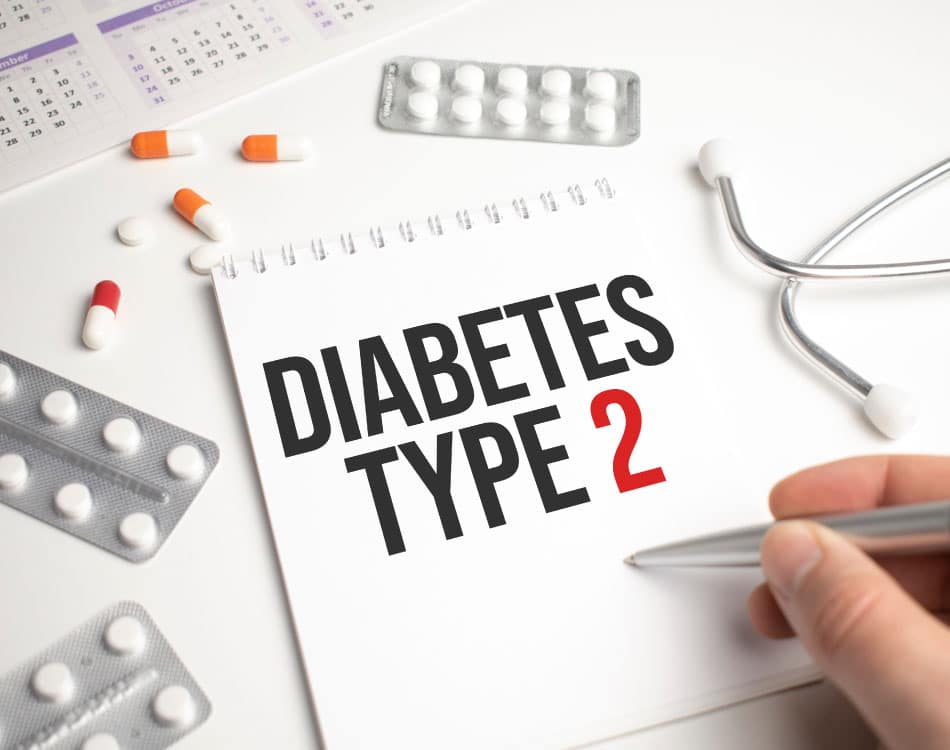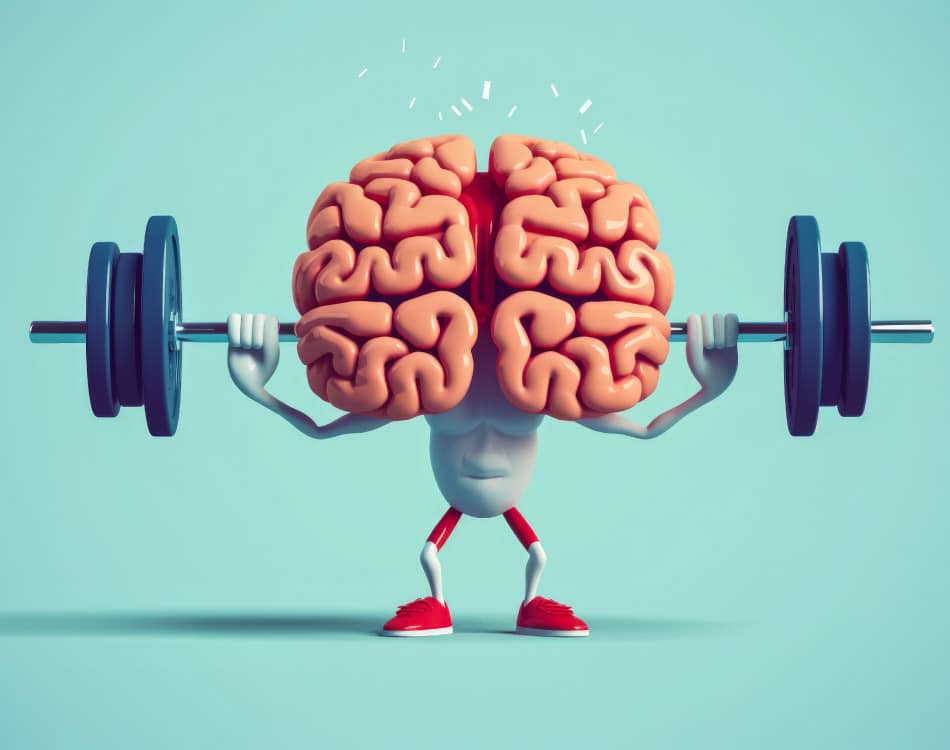Low-carb, high-fat diets aren’t for everyone. In fact, there is still uncertainty about these diets’ long-term effects and the potential impact that constantly training at high intensities in a glycogen-depleted state can have on the body.
But more people are realising that insulin is a major cause of many health problems experienced today and that an overconsumption of all the processed carbohydrates and sugar that characterises the modern westernised diet has led to our current health predicament.
Accordingly, many people are looking for the middle ground; a dietary compromise that offers the right balance of carbs, fats and protein to fuel their active lifestyles, improve their health and help them lose weight and body fat.
For many, the answer is some form of carbohydrate manipulation technique. These approaches can help to improve your insulin response and sensitivity, without the extreme restriction associated with low-carb eating.
It comes down to carb quality
Whatever approach you adopt, it is vital to stick with natural, whole-food carbohydrates sources, whether you’re a physique competitor, an endurance athlete or just someone looking to transform your body.
The closer your carbs are to their natural state the better they are for you. Most of these foods will consist of complex carbohydrates, a form which our bodies have been designed to digest and absorb efficiently to deliver a sustained energy release.
Timing your carb intake
The next important element is nutrient timing. Where many people go wrong is thinking that a balanced diet means dishing up a portion of carbs, protein and healthy fats at every meal.
The issue with this approach is that it continually spikes insulin, which may reduce insulin sensitivity over time and promote fat storage instead of fat loss. That’s why we need a more strategic approach to our carb consumption.
Stated another way, if your daily carb requirement is 200g, there is no reason why you need to divide that up equally across your three or four daily meals.
As carbs provide our most readily available source of energy – glucose – it makes sense to eat most, if not all of the daily recommended intake before, during and/or directly after intense activity.
Following this approach ensures a beneficial supply of circulating glucose in the bloodstream, which can be absorbed and used almost immediately by muscles for fuel, leaving little to be stored as fat.
Muscle-building benefits of carbs
In addition, if you follow the correct guidelines, you should deplete your glycogen stores during the activity. You’ll then need to replenish them when you’re finished.
As such, carbs are a good accompaniment to post-exercise protein and also help to get the amino acids into muscle cells quicker thanks to the insulin response, which aids recovery and muscle growth.
Once you start to understand this basic process whereby carbs mainly serve as an energy source during intense training or to restore depleted glycogen reserves, you can start to manipulate your carb intake to aid performance, while still helping to drive weight loss and fat loss.
And these are the tools at your disposal to achieve this:
Carb backloading:
A nutrient timing approach that aims to manipulate the power of insulin in the fat storage process. John Kiefer, the creator of the carb backloading diet, believes that resistance training creates an environment in our bodies where we can take full advantage of the power of insulin to promote muscle growth, without much, if any of the drawbacks associated with fat and weight gain.
Kiefer’s reasoning states that weight training drops blood sugar, damages muscles that crave nutrients and increases insulin sensitivity. As such, Kiefer claims that if you desist from eating carbs in the morning, when we are naturally more insulin sensitive, and go without any carbs during the day to remain in a fat-burning state, you can train (preferably as heavy as possible) with weights in the evening and experience a second bout of heightened insulin sensitivity. And that’s when you eat your daily carb intake.
How to do it:
Limit your daily recommended carb intake to the period immediately after exercise. This will aid recovery and replenish glycogen stores to fuel your next intense training session.
Kiefer claims that because of the muscle damage and metabolic need to feed muscles, the insulin spiked from the carbohydrates eaten after training will shuttle most of the glucose into your muscle cells, not your fat cells.
Moderating or limiting your carb intake at every other meal of the day will help to make your more fat efficient by improving your body’s ability to tap into stored body fat as a source of energy during activity, and also boosts insulin sensitivity.
Who should use it:
If fat loss and/or weight loss are your goals, then carb backloading is a suitable carb manipulation tool.
Carb cycling:
Carb cycling involves structuring your carb intake over a set period – usually a week – alternating between days of low, moderate and high carb intakes.
By eating in this manner, you manipulate muscle glycogen stores in a way that promotes fat metabolism on the low carb days, which should outnumber the high carb days, while still benefiting from the recovery and muscle-building properties of carbohydrates on moderate and high carb days.
The net result is you’ll have lower glycogen levels for a few days following the carb reduction. This will boost your body’s fat-burning capabilities, which you can amplify with the right type of training – HIIT cardio or full-body weight training circuits, for instance, or high volumes of steady-state cardio, some of which should be done in a glycogen-depleted state.
How to do it:
A typical week on a carb cycling diet may include one high carb day or re-feed as it is commonly referred to, with four or more low carb days and one or two moderate carb days. The key is to drop your carb intake low enough on the low-carb days to promote greater fat metabolism, which, over time, will result in improved fat efficiency or adaptation.
If you choose to follow this technique, a gradual reduction of 33-50% from what you currently eat is a good starting point. After a week or two, or when you see your body has stopped responding to the reduced carb intake, take any two days out of the week and drop your carb intake to between 50-75g per day. The ideal time to start is during a rest day.
Adherents of this dietary protocol will generally schedule their high carb days to coincide with their most intense training sessions, when their energy requirements increase or when recovery demands are highest.
Who should use it:
Those who aren’t taken with the idea of following a low-carb, high-fat diet 24/7 or find that carb backloading is still too restrictive for their active lifestyle. This is also an extremely popular dietary tool used by bikini and physique athletes to reduce body fat before a show.
Carb cycling guidelines:
The high carbohydrate days fill glycogen stores, boost your metabolism and limit muscle loss. The low carb days are the fat burning days, as they keep insulin levels low enough to allow for maximum fat metabolism while retaining muscle.
- Consume more carbs on the two days you perform your hardest workouts.
- On the remaining days of the week, consume a low-to-moderate carbohydrate diet depending on your training demands and goals.
- Your low-carb days should fall on rest days and on the day you perform fasted cardio.
- Adjust your calorie intake from healthy fats and proteins to meet your daily macronutrient requirements.
- Keep fat intake low on high carb days.
By using either one of these simple yet highly effective dietary approaches, you can get the best of all worlds – the health benefits associated with improved insulin sensitivity, the aesthetic benefits of reduced body fat, sustained all-day energy and a burst of carb-derived energy when you need it most.

